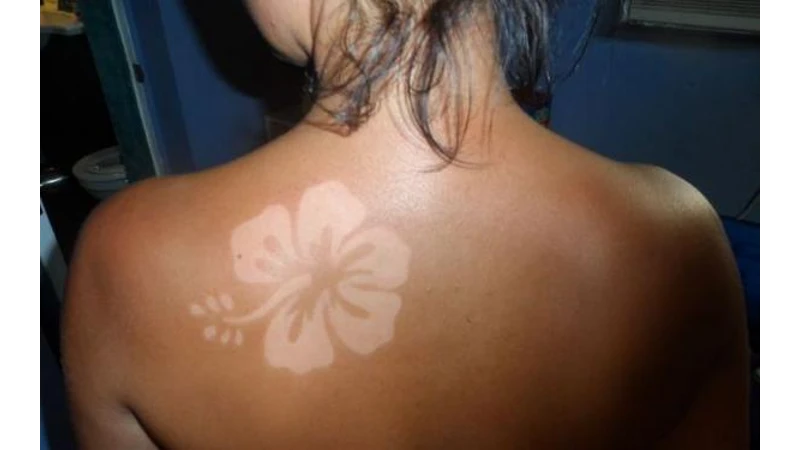Spring is in the air, and after a long winter, there’s nothing more inviting than being out in the fresh air and sun. Although we could all use a little sunshine for vitamin D and a general feeling of well-being, it’s important to keep in mind that the sun has the potential to harm. When it comes to sun protection, parents take that heavy responsibility seriously, but we do tend to become more complacent as kids get older and more independent, leaving children vulnerable to sunburns, eye damage and even an increased risk of skin cancer.
Here are our top tips on how to keep kids safe in the sun:
Infants: For babies under 6 months of age, it’s recommended that they be kept out of direct sun as much as possible due to their delicate skin and underdeveloped melanin levels. Melanin is what gives skin its color and also affords us some sun protection. Our bodies naturally produce more upon sun exposure, but it doesn’t happen as consistently in babies. Fair-skinned individuals have lower melanin levels and tend to burn faster than darker-skinned individuals. Regardless of skin color, infants are extremely vulnerable to the sun’s rays.
Toddlers: Spending a day outside with them may involve a lot of running around, but sticking to the basic sun safety rules should make the day more pleasant:
-
Generously apply sunscreen formulated especially for children, like Anthelios Dermo-Pediatrics SPF 50+Lotion, and reapply every 2 hours or after swimming or towelling off
-
Keep them in the shade as much as possible when they play. A large beach umbrella or a play tent usually does the trick.
-
Dress them in loose, cool clothes with long sleeves
-
A hat and sunglasses finish the look
Young Children: If possible, plan for indoor activities during the peak sunshine hours of 10-4pm. Now is a good time to start teaching them how to apply sunscreen on themselves and of the importance of reapplying, although there is no guarantee once they leave your sight! By the time summer comes along and it’s time for day camp, they will hopefully have at least gotten the basics.
Teenagers: Recent data indicates that fewer teens are using sunscreen now than a decade ago, a disturbing trend given the rising skin cancer rates. Some strategies that may work with teens include:
-
Choosing a sunscreen that is suitable for their skin and that they will enjoy wearing on a regular basis. As teens can be hyper-sensitive about skin and appearance, it may take some trial and error before finding the right one. Anthelios XL SPF 45 Spray is a favorite with the teens we know thanks to its velvety-dry, matte finish.
-
Let them know about the long-term benefits of using sunscreen early. Teens tend to respond more to the pitfalls of aging, such as wrinkles and dark spots, as opposed to the risk of skin cancer.
-
Discourage the use of tanning beds. Instead, let them experiment with self-tanners to get a summer glow without the UV damage.
Our top tip? Set the example. Children are more likely to accept sun safety as part of their routine when it’s a given.




